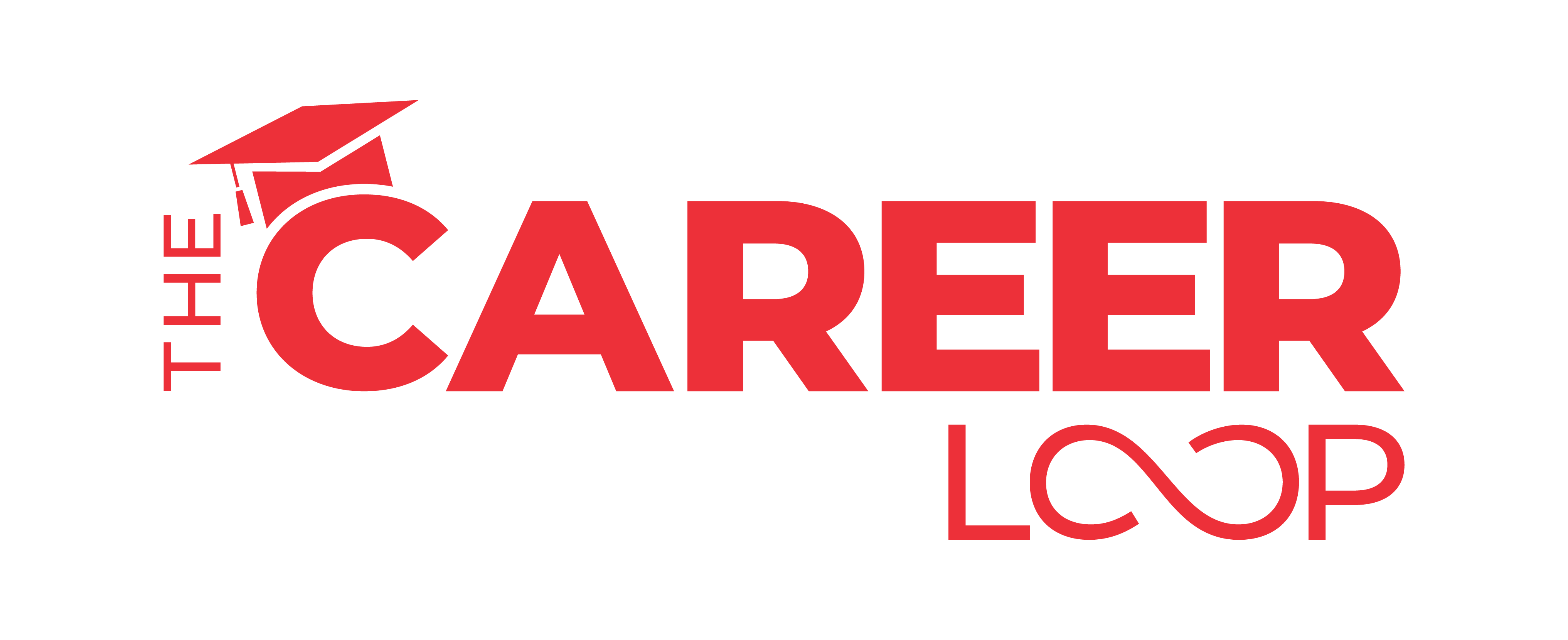Writing a resume can feel overwhelming, especially with the high expectations of employers and applicant tracking systems (ATS). Your resume isn’t just a summary of your work history, it’s your ticket to landing an interview and showcasing your unique value. With a little guidance and strategy, you can craft a resume that highlights your qualifications but also gets past the bots and into the hands of a hiring manager.
Resume Format
Choosing the right format is important for organizing your information effectively. Think of it as the foundation of your resume, tailored to your career history and goals.
- Chronological: Ideal for those with a steady work history, this format places your professional experience front and center, starting with your most recent role.
- Functional: Best for career changers or those with employment gaps, this format focuses on skills over specific job titles.
- Combination: A balanced approach that highlights both skills and work experience, suitable for individuals with a mix of accomplishments and job history.
Select the format that best represents your story and aligns with the expectations of your target industry.
Make Your Contact Information Clear
Your contact details should be easy to find and professional. Place your full name at the top in a bold, slightly larger font, followed by your phone number, email address, and LinkedIn profile or portfolio link (if applicable). There’s no need to include your full mailing address unless requested.
Use a professional email address to skip any outdated or casual usernames. An email like [email protected] works much better than [email protected].
Customize for Every Job
A one-size-fits-all resume doesn’t work in today’s job market. Tailor your resume for each job application by aligning it with the job description. Adjust the keywords in your skills section and highlight accomplishments that are most relevant to the role. This shows employers that you’ve done your research and understand their needs.
Example: If the job description emphasizes “project management,” make sure to detail specific projects you’ve led and the results you achieved.
Add a Powerful Summary or Objective
Replace outdated mission statements with a concise summary or objective at the top of your resume.
- A summary works best if you have experience, showcasing your accomplishments and what you bring to the table.
- An objective is ideal for entry-level candidates, briefly stating your career goals and enthusiasm for the role.
Example Summary:
“Results driven marketing specialist with 5+ years of experience in creating targeted campaigns that increase engagement and drive sales growth by 20% year over year.”
Highlight Skills Strategically
The skills section is more than a list, it’s your chance to showcase what makes you a perfect fit for the job. Include a mix of hard skills (technical proficiencies) and soft skills (interpersonal abilities). Review the job posting for keywords and include those that align with your expertise.
Example:
- Hard skills: Data analysis, Python programming, Salesforce CRM
- Soft skills: Team collaboration, problem-solving, adaptability
If certifications or licenses are required, feature them prominently in this section.
Showcase Your Professional Experience
Your work experience is the heart of your resume, so make it impactful. Use reverse chronological order, starting with your most recent job. For each role, include:
- Company name and your job title
- Dates of employment (month/year)
- A brief description of your responsibilities
- Key achievements quantified with numbers or results
Example:
- “Implemented a new customer retention strategy, increasing repeat sales by 15% within six months.”
- “Managed a team of five to successfully launch a marketing campaign that exceeded engagement goals by 30%.”
Stick to concise, relevant points, and use action verbs like “led,” “developed,” or “streamlined” to create a dynamic narrative.
Include Education
Your education section should complement your professional experience. For entry-level roles, include details like coursework, GPA (if above 3.5), and extracurricular activities. For seasoned professionals, focus on the degree, school name, and dates of attendance, unless specific coursework is directly relevant.
Add Sections for Extra Impact
If you have space, consider adding sections like Achievements, Volunteer Work, or Interests. These can personalize your resume and demonstrate qualities that may not fit neatly into other sections. Make sure everything included ties back to your career goals and adds value to your application.
Proofread, Then Proofread Again
Mistakes on a resume can cost you an opportunity. Carefully review your resume for spelling, grammar, and formatting errors. Reading it aloud or backwards can help catch typos. Better yet, have a trusted friend give it a second look.
Save your resume as a PDF unless the job posting specifies a different format. This preserves your formatting across devices.
The Modern Resume: Tailored for Humans and Bots
Creating a resume today often means crafting two versions: one optimized for ATS and another visually appealing for human eyes. ATS systems prefer straightforward formats with clear sections and minimal graphics. For in person networking or email submissions, you can use a slightly more polished and creative version.
Remember, your resume is more than just a document, it’s your story. By tailoring it to the roles you’re applying for, quantifying your accomplishments, and keeping it professional yet personal, you can make an impression that lands you interviews. Writing a resume may not be easy, but with effort and strategy, you can confidently take the next step in your career.

















